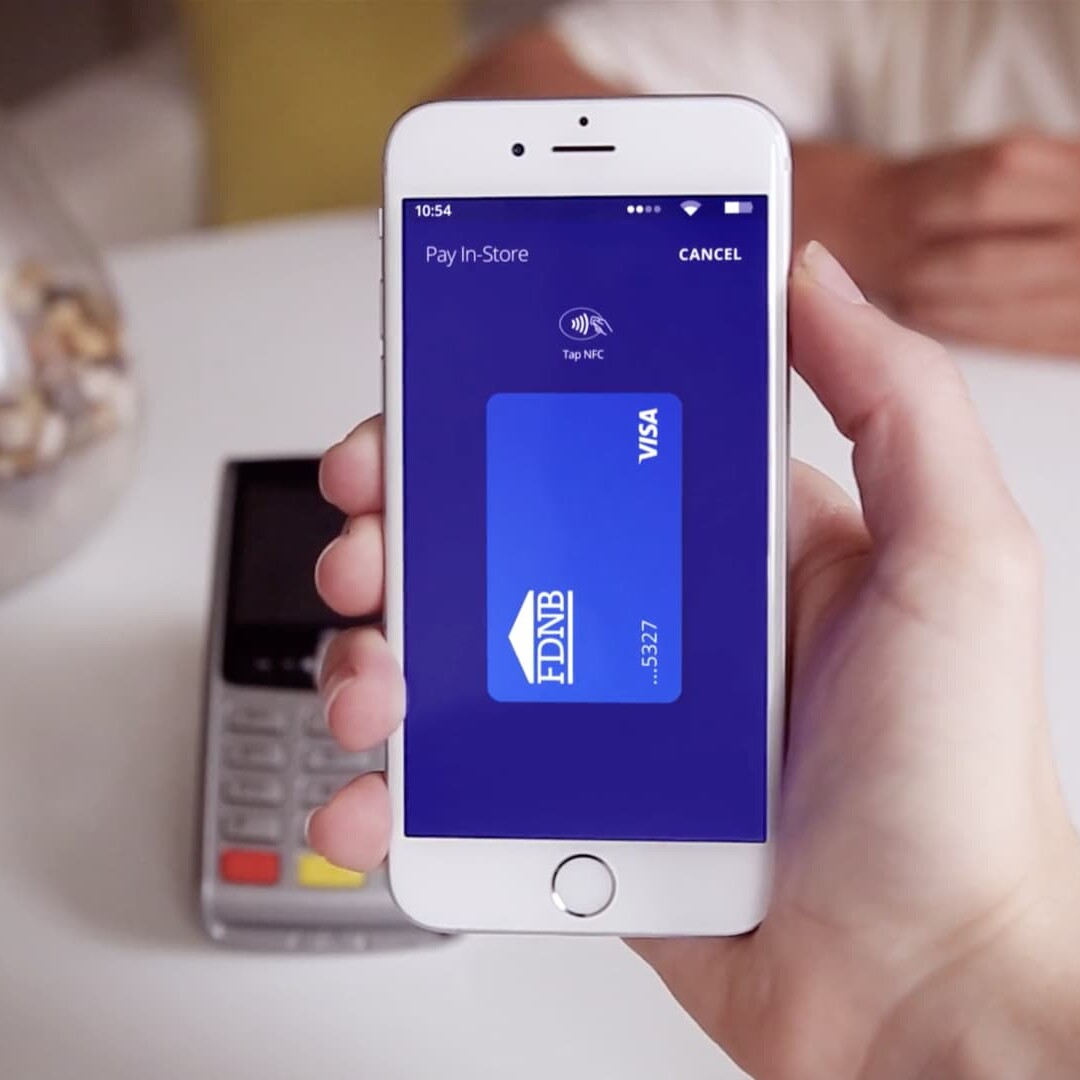Designing for a multi-device world can get complex quickly. Yet, the goal is still to make experiences simpler and seamless. Nature provides a great framework to guide these efforts in this new digital ecology.
DIGITAL ECOSYSTEMS MUST BE BUILT TO SUPPORT PEOPLE. As companies attempt to engage users in a multi-device world, they’re finding that while their target has gotten more complicated, their users are expecting an even easier way to get things done. People may move through contexts and the resources they’re using might change, but they still want an uninterrupted connection with what they are trying to achieve. As specialists in mobile and connected experiences, we embrace the complexity that comes with moving targets. Our clients come to us to establish models that follow people and their behaviors, so a service is there whenever consumers need it.
To manage the most complex multi-device challenges, we’ve found nature to be a powerful teacher. Entangled as digital ecosystems may seem, natural ecosystems have far more moving pieces. Yet organisms coexist rather elegantly. By adapting the laws of nature to create models for experience design, we have incorporated an ecological approach to researching, designing and delivering connected product and service experiences in today’s multi-device, digital ecosystems. The following six principles are rooted in ecological concepts and are shaped to serve as a guide to creating the most symbiotic user experiences for a multi-device, connected world.
01
Recognize Interdependence
Ecological Root: Relationship dynamics
UX Translation: Focus on contexts
Ecologists don’t try to understand problems in an ecosystem by studying one organism. Because what happens to one organism impacts the entire ecosystem. Ecologists observe things from higher above, at a systemic level. In the mobile world, that decentralized thinking is the equivalent of thinking less about things. Don’t become too myopic about a target device. Get to the heart of what users are doing with a digital experience. Any decision a user makes — reaching for a device, changing locations, connecting to a network, searching for a contact — reveals clues about what they want that interface to do. What is behind a user’s desire to watch media on a laptop instead of a television? What makes a user reach for a tablet when they could just as well have used a handset? When does a user pack their DSLR even though their smartphone has an excellent camera? Those decisions are telling you something.
Convergence is selective because so is a user’s attention.
Method: Map the relationships and patterns that people follow to complete a task. Where your service plays a role in their activities, translate user needs into interface features. It might help your company capitalize on the transition between devices. Or enable an interface to account for switching between private and shared modes. By stepping back from a one-device mindset, your company will start to see opportunities to play a part in the larger ecosystem.
02
Embrace Diversity
Ecological Root: Biodiversity
UX Translation: Distribute functions selectively
Biodiversity is life’s way of reducing pressure on resources. Different organisms need different things. In the mobile ecosystem, attention is the limited resource. By creating diversity in how a particular service is delivered, companies open up different ways of capturing a user’s attention. Each touchpoint has a familiar experience — a shared DNA — and yet each also has a different role to play. This screen is large, that screen is portable. This interface has access to a keyboard, that interface has a camera. This device is mine, that device belongs to everybody. Leverage the differences in positive ways. Think about the role each touchpoint plays in the overall journey of getting something done. A “family” of experiences is recognizable on any device but can tackle a diversity of functions as a unit.
Method: Distribute the parts of an experience across the user’s journey. You may find that it helps to give each device a role — cheerleader, operator, concierge — just to make sure an experience is providing the best value for a given context. Use the roles as benchmarks in prioritizing which features go on which devices. Often, device personas uncover opportunities to support an action in places that hadn’t been considered.
03
Support Exchanges
Ecological Root: Symbiosis and mutualism
UX Translation: Support cooperation between services
Symbiosis plays a large part in maintaining harmony within natural ecosystems. Processes like pollination, cultivation, and digestion happen as a result of mutually beneficial exchanges between organisms. If a mobile experience is going to create the same sort of harmony in a user’s life, it should strive to play well with others.
Method: Manage transitions between context and device. The various touch points of an experience should cooperate to keep users engaged. For example, if you’re building a shopping list app, map the journey from the moment the list is created at home on a tablet to the moment the user completes the purchase at an in-store point-of-sale (and everything in between). See how your experience holds up when it is presented with scenarios where users might transition from one device to another, one social situation to another, and so on. How do the different parts of an experience interact? Once companies start thinking about what users are doing instead of what they’re using, it becomes easier to maintain the flow of an experience.
04
Ensure Resiliency
Ecological Root: Equilibrium
UX Translation: Maintain uninterrupted connection
In the natural environment, life doesn’t wait for the perfect conditions. Balance is maintained, even if resources change or there are shifts in population. Digital ecosystems have to be just as flexible to respond as conditions change. If devices or services are not available or are taken out of the equation, the user should still be able to achieve their goals. The same should be true if a network connection is intermittent or disrupted. When users move from service to service, switch from device to device, travel in and out of spaces, they shouldn’t have to think about what they need to take with them.
Remember, you’re conversing with people’s lives, not their technologies.
Method: Multi-device experiences must minimize the impact of a change in technology, social dynamic, or connection. Mobile devices give users the freedom to live uninterrupted. Accommodate quick and easy switches. Service must be made resilient so that removing one component in the experience doesn’t mean the whole ecosystem falls apart. Whether it means storing data in the cloud, caching important content, or designing a redundant app strategy, companies must do what they have to do so that users can still get things done.
05
Integrate Naturally
Ecological Root: Environmental sensitivity
UX Translation: Integrate with other services
Natural ecosystems have certain stable conditions — amount of precipitation, climate, raw materials, and so on — that allow the organisms within that ecosystem to thrive. Just as environmentally-friendly construction and building projects are sensitive to bringing in foreign materials that might disturb natural ecosystems, the builders of the digital ecosystem should first try to work with what is already available. To add value to the digital ecosystem, it comes down to behavior. Don’t force people to juggle more devices and services when there might be a more intuitive, direct way of getting an activity done.
Method: First, evaluate the resources that are already available and leverage them as best as possible. No sense creating a new social networking tool or adding a screen when users aren’t having any problems with what’s already there. For example, bringing digital services into the kitchen doesn’t necessarily mean building a screen into a table. The use of natural gestures and voice controls fit better into established kitchen behaviors. Too often, companies get distracted and solve “problems” users weren’t having. The idea is to fill an unmet need, space where people and devices are not connecting as well as they can. Don’t add to the already complex ecosystem until you’ve exhausted the possibilities. Remember, convergence is about making activities simpler, easier, and more effortless.
06
Expect Evolution
Ecological Root: Evolution and adaptation
UX Translation: Iterate and create flexible designs
Organic organisms are programmed with an instinct to survive. Even as the environment undergoes gradual changes, nature selects for traits are adapted to new conditions. Digital experiences are no different. As platforms constantly evolve and new devices connecting to the ecosystem, companies need a plan. One that is has a diversity of traits and is capable of responding to new challenges. Not just technological challenges. People, too, are changing. And creating a flexible, long-term experience is about adapting to what they are trying to accomplish. Remember, you’re conversing with people’s lives, not their technologies.
Method: Create a flexible framework of design principles and experience attributes that stay true throughout a series of efforts. Unified elements will keep diverse teams focused on the underlying value of what they are trying to build, instead of getting distracted by every release and update in the mobile landscape. With a framework, brands can think strategically about where the opportunities are greatest. Roadmaps can only see so far ahead. We’ve found it’s best to have a vision for what lies three to five years out and a more defined plan for the next 18 months. Have the discipline to prioritize, roll out regular releases, and listen to your users. Most importantly, at each juncture, don’t just stick to the plan — stop and make sure the plan is still relevant.
Conclusion
Life thrives and evolves amidst great diversity. Digital experiences can look to nature for ways to help users thrive. Somewhere out there, beyond the devices and platforms, people are living their lives, trying to make mobile experiences work for them. They’re not thinking in terms of technology. They’re trying to get things done. Punchcut guides companies on creating empowering multi-device experiences that support human life. Our clients start with great individual products. We help them build a flourishing system that’s there when users need it most.
—-


